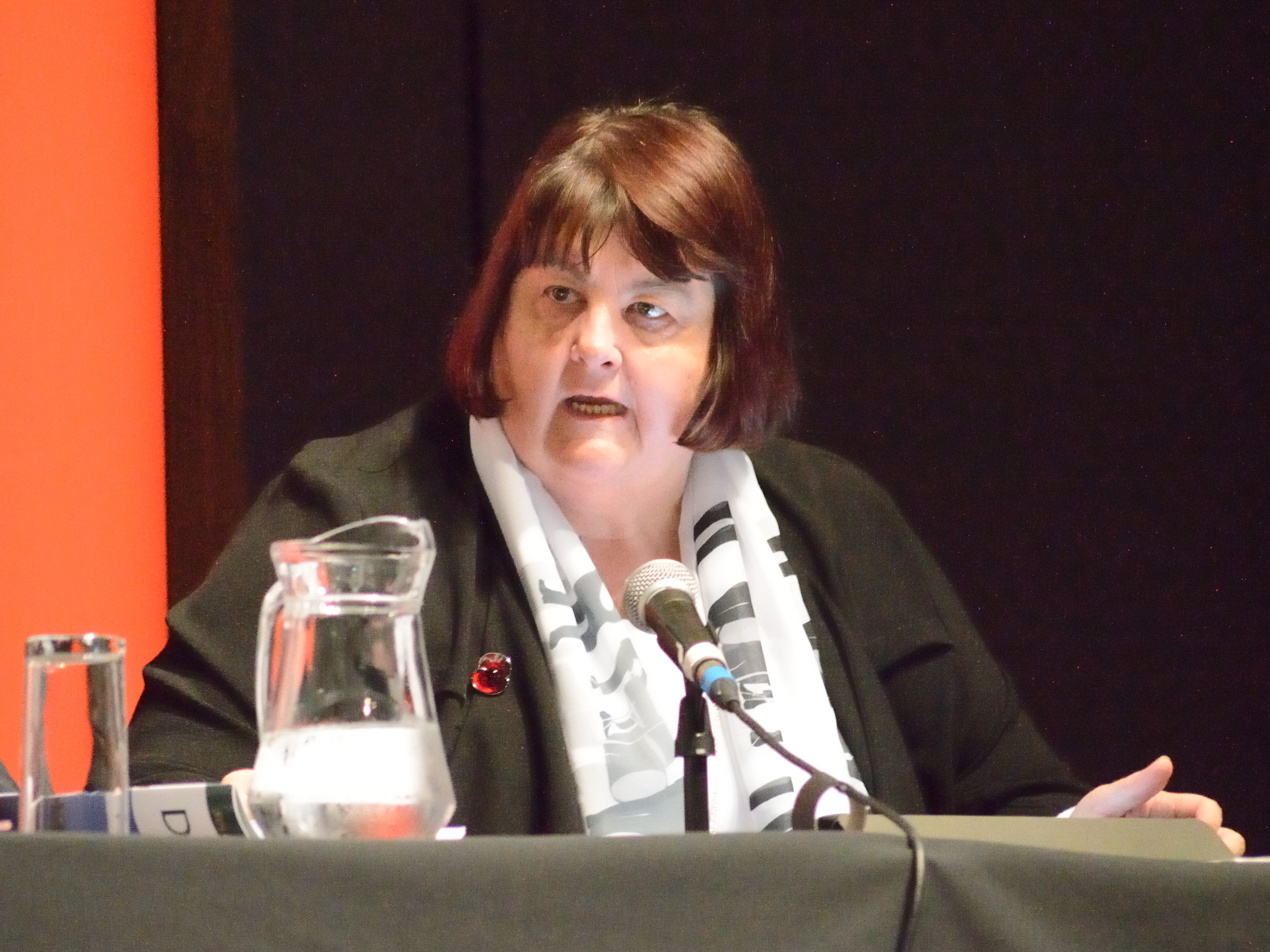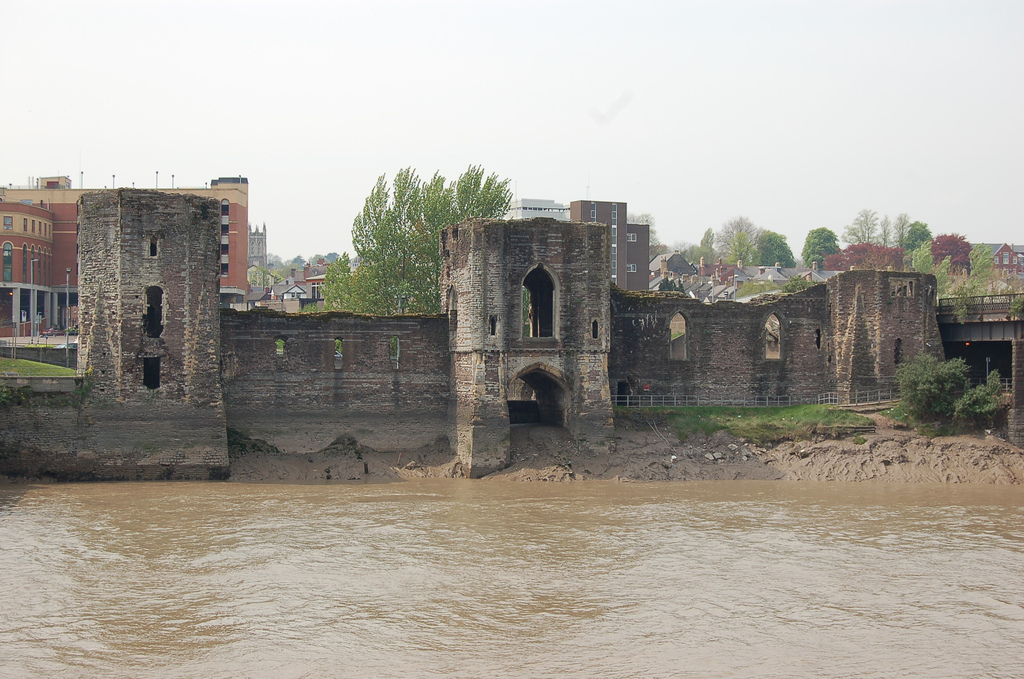|
Newport Corporation Tramways
Newport Corporation Tramways operated a tramway service in Newport Newport most commonly refers to: *Newport, Wales *Newport, Rhode Island, US Newport or New Port may also refer to: Places Asia *Newport City, Metro Manila, a Philippine district in Pasay Europe Ireland *Newport, County Mayo, a town on the ... between 1894 and 1937.The Golden Age of Tramways. Published by Taylor and Francis. History Newport Corporation took over the Newport Tramways Company on 30 July 1894. The company was then leased back to Solomon Andrews to continue the service. The first electric services started on 9 April 1903. The trams sported a livery of Maroon and Cream. Closure The final tram ran on 5 September 1937. References History of Newport, Wales Transport in Newport, Wales Tram transport in Wales 3 ft 6 in gauge railways in Wales 1937 disestablishments in Wales {{UK-tram-stub ... [...More Info...] [...Related Items...] OR: [Wikipedia] [Google] [Baidu] |
Newport, Wales
Newport ( cy, Casnewydd; ) is a city and Local government in Wales#Principal areas, county borough in Wales, situated on the River Usk close to its confluence with the Severn Estuary, northeast of Cardiff. With a population of 145,700 at the 2011 census, Newport is the third-largest authority with City status in the United Kingdom, city status in Wales, and seventh List of Welsh principal areas, most populous overall. Newport became a unitary authority in 1996 and forms part of the Cardiff-Newport metropolitan area. Newport was the site of the last large-scale armed insurrection in Great Britain, the Newport Rising of 1839. Newport has been a port since medieval times when the first Newport Castle was built by the Normans. The town outgrew the earlier Roman Britain, Roman town of Caerleon, immediately upstream and now part of the borough. Newport gained its first Municipal charter, charter in 1314. It grew significantly in the 19th century when its port became the focus of Coa ... [...More Info...] [...Related Items...] OR: [Wikipedia] [Google] [Baidu] |
Newport City Council
Newport City Council () is the governing body for Newport, one of the Principal Areas of Wales. It consists of 51 councillors, who represent the city's 20 wards. The council is currently, and has historically been, held by the Labour Party. However from 2008 to 2012 the council was controlled jointly by the Conservatives and Liberal Democrats due to there being no party with an overall majority. Between 1996 and 2002 the authority was known as Newport County Borough Council. History Newport is an ancient mesne borough, occupying an important position on the Welsh Marches. The town grew up round the castle built early in the 12th century. Giraldus Cambrensis, writing in 1187, calls it ''Novus Burgus'', probably to distinguish it from Caerleon, whose prosperity declined as that of Newport increased. The first lord was Robert Fitzhamon, who died in 1107, and from him the lordship passed to the Earls of Gloucester and Stafford and the Dukes of Buckingham. Hugh le Despenser, w ... [...More Info...] [...Related Items...] OR: [Wikipedia] [Google] [Baidu] |
Solomon Andrews (business Man)
Solomon Andrews (5 April 1835 – 9 November 1908) was a British entrepreneur and head of the Solomon Andrews and Son bus and tram-operating company, based in Cardiff. Family Andrews was born in Trowbridge, Wiltshire, the son of John Andrews and Charlotte. On 27 March 1855, Solomon married Mary Asher (20 August 1832 – 18 January 1870), daughter of John and Mary Asher, in Trinity Church, Trowbridge. There were five children from the marriage but only two survived infancy: * Mary Lillah Asher Andrews (24 June 1857) married John McRae June 1880 in Cardiff and she died 13 Mar 1929 *Francis Emile Andrews (29 September 1858 – 30 November 1943) His second wife, whom he married on 15 June 1870 in Knighton Parish Church, was Mary Jane Udell (born 2 March 1849) of Wrexham. There were six children from this marriage: *Beatrice Andrews (6 April 1871) *Herbert Fletcher Andrews (16 April 1873 – 8 June 1874) *Florence Andrews *May Andrews, married William Edgar Clogg *Daisy Andrews * ... [...More Info...] [...Related Items...] OR: [Wikipedia] [Google] [Baidu] |
History Of Newport, Wales
Newport ( cy, Casnewydd; ) is a city and county borough in Wales, situated on the River Usk close to its confluence with the Severn Estuary, northeast of Cardiff. With a population of 145,700 at the 2011 census, Newport is the third-largest authority with city status in Wales, and seventh most populous overall. Newport became a unitary authority in 1996 and forms part of the Cardiff-Newport metropolitan area. Newport was the site of the last large-scale armed insurrection in Great Britain, the Newport Rising of 1839. Newport has been a port since medieval times when the first Newport Castle was built by the Normans. The town outgrew the earlier Roman town of Caerleon, immediately upstream and now part of the borough. Newport gained its first charter in 1314. It grew significantly in the 19th century when its port became the focus of coal exports from the eastern South Wales Valleys. Newport was the largest coal exporter in Wales until the rise of Cardiff in the mid-1800s. I ... [...More Info...] [...Related Items...] OR: [Wikipedia] [Google] [Baidu] |
Transport In Newport, Wales
Transport (in British English), or transportation (in American English), is the intentional movement of humans, animals, and goods from one location to another. Modes of transport include air, land (rail and road), water, cable, pipeline, and space. The field can be divided into infrastructure, vehicles, and operations. Transport enables human trade, which is essential for the development of civilizations. Transport infrastructure consists of both fixed installations, including roads, railways, airways, waterways, canals, and pipelines, and terminals such as airports, railway stations, bus stations, warehouses, trucking terminals, refueling depots (including fueling docks and fuel stations), and seaports. Terminals may be used both for interchange of passengers and cargo and for maintenance. Means of transport are any of the different kinds of transport facilities used to carry people or cargo. They may include vehicles, riding animals, and pack animals. Vehicles may inc ... [...More Info...] [...Related Items...] OR: [Wikipedia] [Google] [Baidu] |
Tram Transport In Wales
A tram (called a streetcar or trolley in North America) is a rail vehicle that travels on tramway tracks on public urban streets; some include segments on segregated right-of-way. The tramlines or networks operated as public transport are called tramways or simply trams/streetcars. Many recently built tramways use the contemporary term light rail. The vehicles are called streetcars or trolleys (not to be confused with trolleybus) in North America and trams or tramcars elsewhere. The first two terms are often used interchangeably in the United States, with ''trolley'' being the preferred term in the eastern US and ''streetcar'' in the western US. ''Streetcar'' or ''tramway'' are preferred in Canada. In parts of the United States, internally powered buses made to resemble a streetcar are often referred to as "trolleys". To avoid further confusion with trolley buses, the American Public Transportation Association (APTA) refers to them as "trolley-replica buses". In the United ... [...More Info...] [...Related Items...] OR: [Wikipedia] [Google] [Baidu] |
3 Ft 6 In Gauge Railways In Wales
3 (three) is a number, numeral and digit. It is the natural number following 2 and preceding 4, and is the smallest odd prime number and the only prime preceding a square number. It has religious or cultural significance in many societies. Evolution of the Arabic digit The use of three lines to denote the number 3 occurred in many writing systems, including some (like Roman and Chinese numerals) that are still in use. That was also the original representation of 3 in the Brahmic (Indian) numerical notation, its earliest forms aligned vertically. However, during the Gupta Empire the sign was modified by the addition of a curve on each line. The Nāgarī script rotated the lines clockwise, so they appeared horizontally, and ended each line with a short downward stroke on the right. In cursive script, the three strokes were eventually connected to form a glyph resembling a with an additional stroke at the bottom: ३. The Indian digits spread to the Caliphate in the 9th ... [...More Info...] [...Related Items...] OR: [Wikipedia] [Google] [Baidu] |





